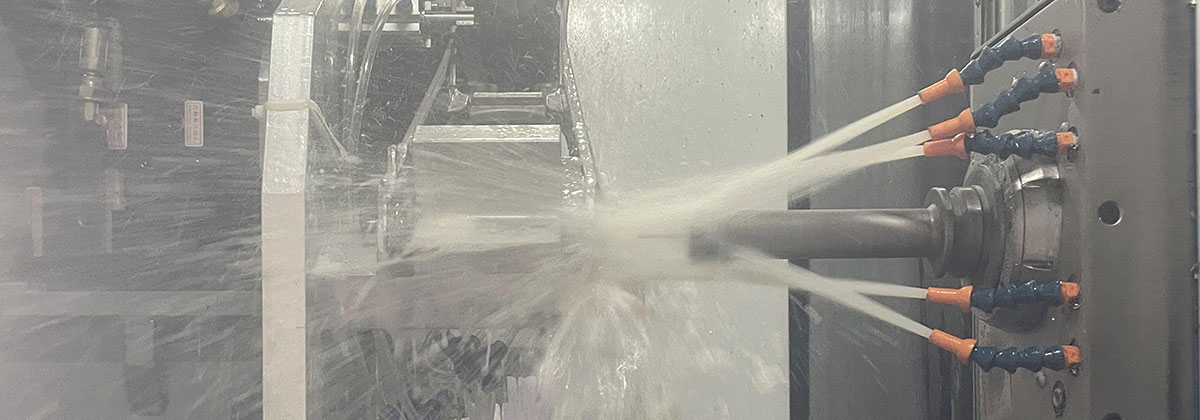Introduction:
Aluminum die casting molds play a crucial role in the mass production of various components in industries such as automotive, aerospace, and electronics. These molds are designed with precision engineering techniques to ensure the accurate and efficient production of high-quality aluminum parts. This guide will provide an overview of the process involved in creating an aluminum die casting mold.
Step 1: Designing the Mold
The first step in creating an aluminum die casting mold is designing it using computer-aided design (CAD) software. The design must consider factors such as the shape and size of the part to be produced, the desired production rate, and the material properties of the aluminum alloy. The mold design should also include features such as cooling channels for effective heat dissipation and ejection mechanisms for easy removal of the cast part.
Step 2: Material Selection
Choosing the right material for the mold is essential to ensure its durability and longevity. Typically, high-strength tool steels such as H13 or P20 are used for creating aluminum die casting molds. These steels have excellent heat resistance, wear resistance, and toughness, making them ideal for withstanding the high temperatures and pressures involved in the die casting process.
Step 3: CNC Machining
Once the mold design is finalized, it is transferred to a computer numerical control (CNC) machine for machining. CNC machining involves using automated tools to precisely cut and shape the mold cavity and other features according to the CAD design. This process ensures accuracy and consistency in the mold\’s dimensions, which is crucial for producing high-quality aluminum parts.
Step 4: Heat Treatment
After the CNC machining process, the mold undergoes heat treatment to enhance its mechanical properties. Heat treatment involves heating the mold to a specific temperature and then cooling it at a controlled rate. This process improves the mold\’s hardness, toughness, and resistance to wear and deformation, ensuring its long-term performance during the die casting process.
Step 5: Surface Finishing
Surface finishing techniques, such as polishing, are applied to the mold to improve its surface quality. A smooth and polished mold surface helps in achieving better surface finishes on the cast aluminum parts. It also facilitates the easy release of the parts from the mold after the casting process is complete.
Step 6: Assembly and Testing
In this step, the various components of the mold, such as the core, cavity, ejector pins, and cooling channels, are assembled. The mold is then tested to ensure its proper functioning and compatibility with the die casting machine. The testing involves simulating the actual casting process and checking for any defects or issues that may affect the quality or efficiency of the production.

Step 7: Production
Once the mold is deemed ready, it is installed in a die casting machine for mass production. Molten aluminum alloy is injected into the mold at high pressure, filling the cavity and taking the shape of the desired part. The mold is then cooled, and the solidified part is ejected from the mold. This process is repeated continuously, enabling the production of a large number of aluminum parts within a short time.
Conclusion:
Creating an aluminum die casting mold requires precision engineering techniques and careful consideration of various factors. From design and material selection to machining, heat treatment, and testing, each step plays a crucial role in ensuring the mold\’s efficiency and durability. By following these steps, manufacturers can produce high-quality aluminum parts efficiently and reliably, meeting the demands of various industries.
-

- Sifarişlə metal hissələri macbook orta lövhəsi istehsal olunur
-

- 2022 Topdan Satış İsti Satılan Velosiped Hissələri Maqnezium Alaşımlı Uşaq Velosipedi Pedalsız Balans Velosipedi Uşaqlar üçün Çox Rənglər Mövcuddur
-

- CNC emal və səth müalicəsi ilə xüsusi hazırlanmış tiksomolding hissələri İHA komponentləri
-

- Maqnezium tiksomolding hissələri noutbuk korpusunun qapağı B
-

- OEM tökmə hissələri və komponentləri
-

- Maqnezium ərintisi tiksomolding kalıp tökmə İHA hissələri

 0086-750-5616188
0086-750-5616188 +86 13392089688
+86 13392089688 sales@zhongmei-tech.com
sales@zhongmei-tech.com







